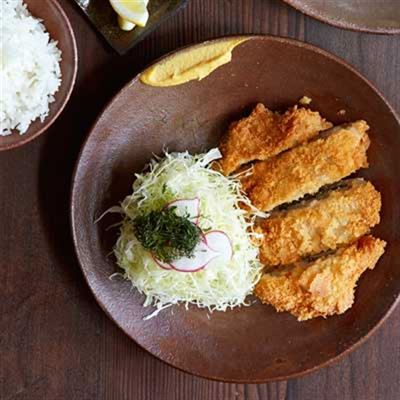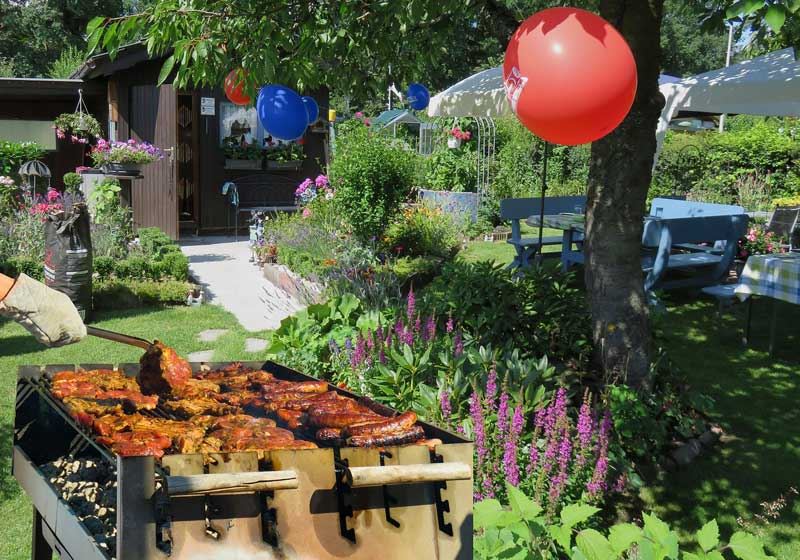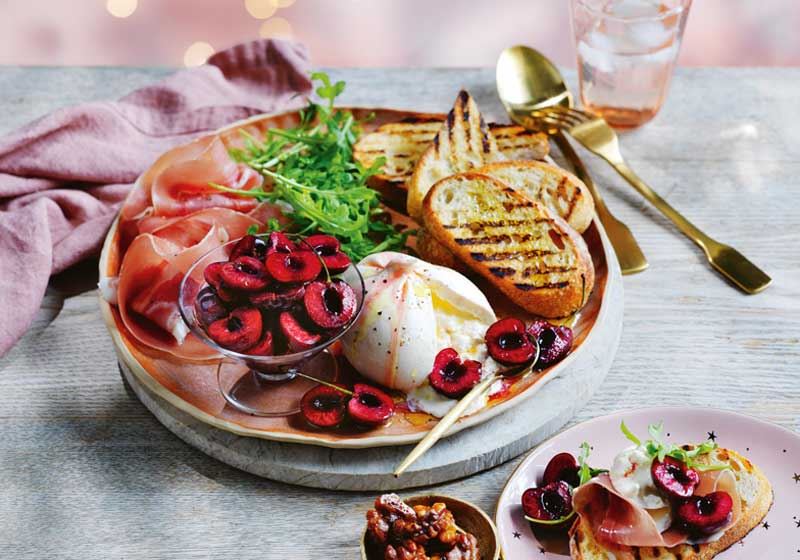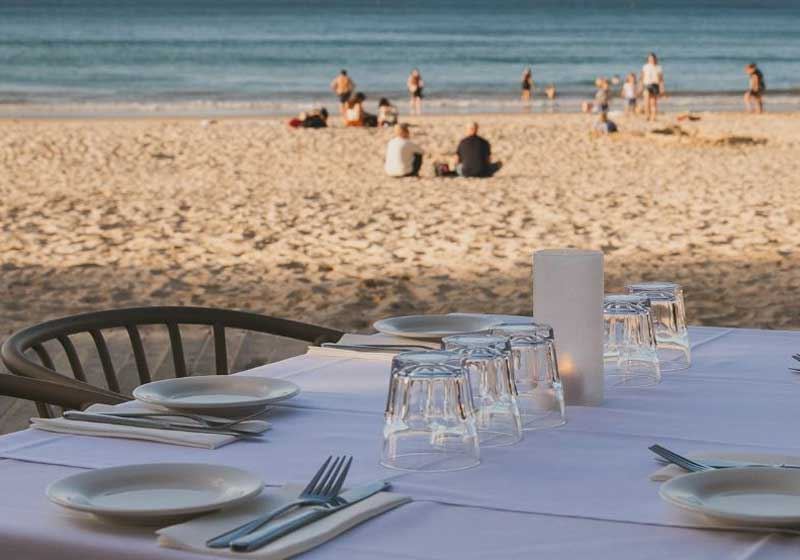Pork Loin Katsu

Ingredients
1.9L canola or other neutral oil, for frying
1 boneless pork loin (about 680 g)
Sea salt
1 garlic clove
30 g all-purpose ?our
100 g Nama Panko
1 large egg, beaten
Nama Panko:
450 g loaf soft white bread, such as pain de mie or sandwich bread
To serve:
Snowy cabbage
Tonkatsu sauce
Japanese mustard
Method
To make Nama Panko:
Use a sharp knife to trim the crusts as closely as possible. Cut the denuded loaf into cubes, roughly 2.5 cm square.
In a food processor, pulse a handful of cubes at a time into shaggy breadcrumbs. Don’t overprocess: the larger pieces fry into delightful crunchy bits. Store your processed Panko in an airtight container for up to 3 days in the refrigerator or up to a month in the freezer.
In a large Dutch oven or heavy-bottomed pot over medium-high heat, heat the oil until it registers 154 C on an instant-read thermometer. Set a wire rack over a rimmed sheet pan.
Place the pork loin on a cutting board and trim the layer of fat covering the loin to no more than a 12 mm thickness; discard the fat or save it for another use.
Using a sharp knife, slice the loin into 12 mm thick cutlets, approximately 13 cm long and 7.5 cm wide at the thickest point. Lightly salt each cutlet on both sides. Cut the clove of garlic in half and rub each cutlet on both sides with the cut side of the garlic.
Place the ?our, egg, and Panko in three separate shallow dishes. Working with one piece of pork at a time, dredge the pork in the ?our. Make sure the entire surface is covered and shake off any excess.
Next, dip it in the egg mixture, turning to coat completely. Then drop the egg-dipped pork into the Panko. Cover the pork with the Panko and press firmly on the top and sides so it adheres.
Lightly shake off any excess and arrange on the sheet pan. Repeat with the remaining pieces of pork. It’s best to fry the katsu immediately when the Panko is at its ?uffiest. Otherwise, cover loosely with plastic wrap and refrigerate for up to 3 hours.
When the oil is hot, slide two of the katsu into the oil. With a fine-mesh strainer, immediately scoop up the loose panko bits that ?oat to the surface of the oil. Adjust the heat to maintain the oil temperature at approximately 154 C and fry for 2 minutes.
Using tongs or chopsticks, turn the katsu over and fry for another 2 minutes on the other side. Continue cooking, flipping every 2 minutes, until the katsu has cooked for 7 to 8 minutes.
When the katsu is nearly cooked, it will start to sit higher in the oil, the bubbles surrounding it will become smaller and the Panko will turn golden brown. Using the tongs, remove the tonkatsu from the oil and set it on the wire rack to drain. Allow the oil to return to temperature and repeat with the remaining katsu.
To serve:
Cut the tonkatsu in six to eight slices and serve with the snowy cabbage, tonkatsu sauce and hot Japanese mustard alongside.

Photo Credits: This is an edited extract from Rintaro by Sylvan Mishima Brackett with Jessica Battilana published by Hardie Grant Books. RRP $60








